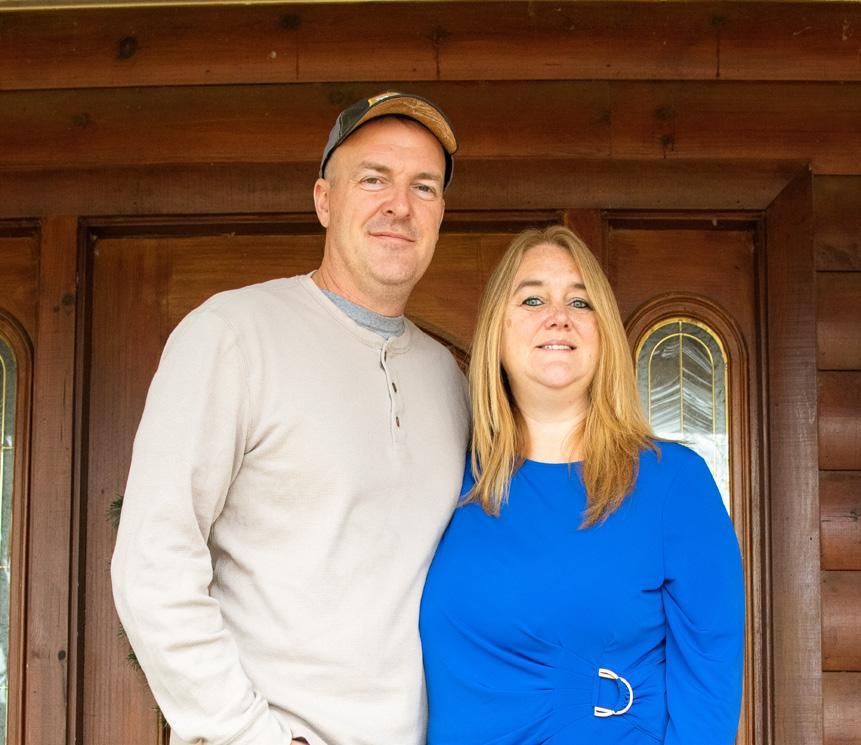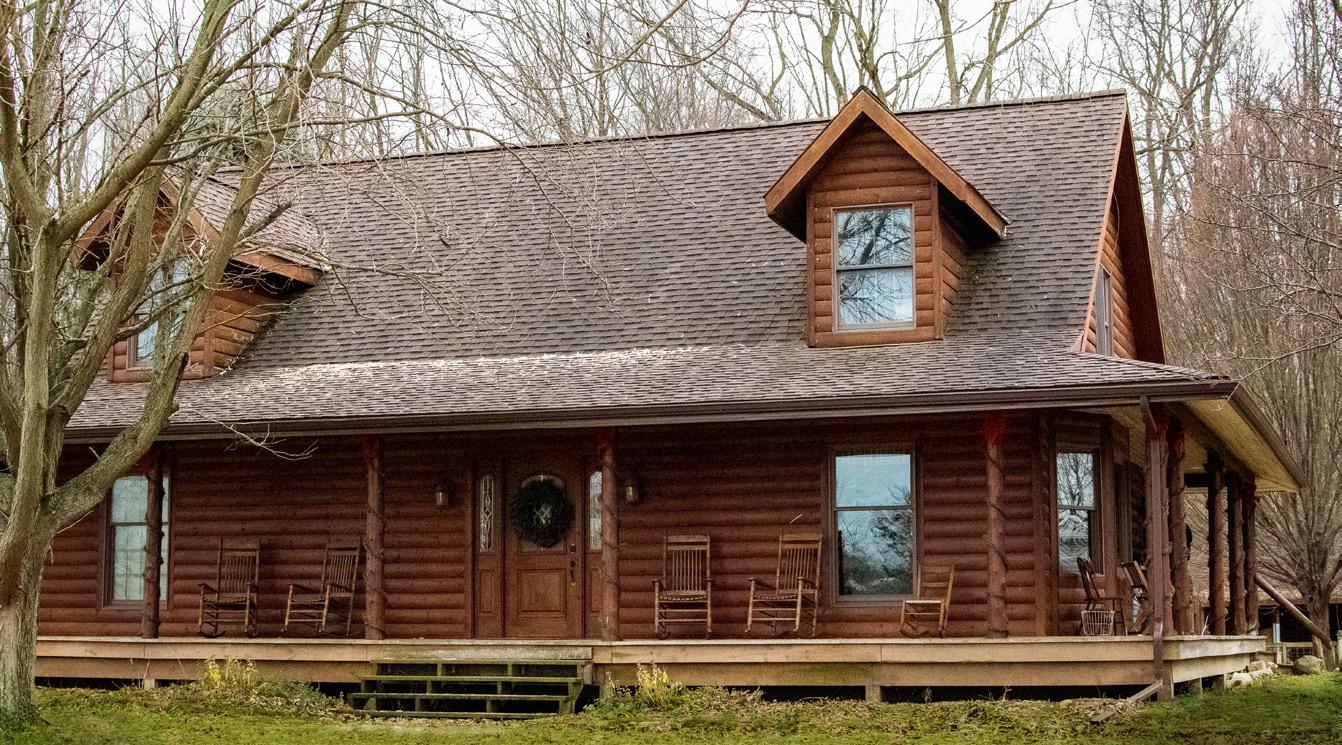
5 minute read
PAC Progress
PAC Progress:
BIPARTISANSHIP: FROM THE BEGINNING & STILL EXPECTED
It is incredibly easy to be overwhelmed by the political news of the day, and the thoughts tend to be followed by yearning for bipartisanship. Outside of a doing a full analysis of the definition, a well-known display of bipartisanship will show the process of colliding ideas and reconciliation for a path forward.
The Great Compromise of 1787 might be the most recognizable display of bipartisanship. Our young nation had gained independence and made its first attempt at a governance system with The Articles of Confederation, but it was viewed as unsatisfactory. As a result, the Constitutional Convention of 1787 convened to debate a new model of government. At the center of the debate was congressional representation. Under the Articles of Confederation there was equal representation and the small states were not willing to concede to some states’ desire for proportional representation. The debate was as hot as the summer that year, but in the midst of it, Roger Sherman proposed a proportional House of Representatives and equal representation Senate. This proposal harnessed the ideas from both sides of the issue and was still met with opposition because it was a compromise. Ultimately the question was called and by a margin of one vote the Sherman’s proposal was adopted, and the United States was ushered into the next generation of the government. This illustrates the delicate process of democracy. Often the bipartisanship solution seems outrageous and is initially dismissed because it upsets all of the major parties. Then, as the idea gets debated, compromise leads the way as the political parties prioritize making the best decision possible, and sometimes years later the final decision is accepted as being undisputable. Today, this scene plays out every five years with the reauthorization of the Farm Bill and many times in between with stand-alone bills. Limited public resources and differing theories fuel debate and unsettle our rural communities and agriculture. This governance process through our elected leaders impacts decisions in our homes and businesses, and is reflected in the Farm Credit System and GreenStone approach to legislative engagement. It is recognized that change does not belong to any one party and instead bipartisan involvement is the key. As a result, the Farm Credit PAC, MI GreenStone PAC, and WI Farm Credit PAC provide financial support to legislators regardless of political affiliation. Focus is placed on providing direct financial support to elected officials that have demonstrated support for rural communities, agriculture, and Farm Credit. The dollar amounts contributed reflect the positions of elected officials and their influence.
Our rural communities and agriculture have much to share with our nation and world, but public policy impacts that ability. The United States has a long history of bipartisanship and today it is no different. Bipartisanship is essential to engagement and education prior to, and during, policy development. Continue to expect dynamic bipartisanship, and be involved in educating those that are determining the priorities for rural communities, agriculture, and Farm Credit. ■
WINTER PAC RECAP:
• $23,000+ was disbursed • 50+ checks were delivered • Over 70% of checks were delivered through one-to-one meetings
Landing more acres
Connie and Chad Hotchkiss already loved their log-style home in Dundee, Michigan, nicely anchored on six acres. But they always aspired to acquire the woodlot and farmland that wrapped around their homestead.
Country Living Customer Feature
Two things needed to happen: the landowner would need to be willing to sell, and the Hotchkisses would need to secure financing. While 2020 will be remembered by many as a year of chaos and anguish, it brought joy to this family of four as both requirements aligned and they closed on 30 acres containing around 8 acres of woods, with the balance being farmland.

➡ Right: Connie and Chad Hotchkiss’ cabin home that now overlooks their newly acquired woodlot property.
“My husband and son, Colin, are big outdoorsmen, so we’ve always wanted the woods that our current property contained just a pinch of,” Connie says. “Our neighbor owned a house and 35 acres. We take care of each other’s animals when one of us is out of our town, and he also knew I was a realtor. So, one day he calls us and says they’re selling and moving.” Being a well-known and established realtor for 22 years with Gerweck Real Estate, Connie had worked with GreenStone Farm Credit Services for years with clients buying rural, larger properties and farmland.
“I have a long relationship with Brian Young with GreenStone – he’s my go-to-guy, especially anything with acreage. It was natural to reach out to him right away,” she explains. Connie and Chad had already been tossing around the idea of doing a refinance on their home because interest rates had dropped during the pandemic. “Luckily, this opportunity came up with perfect timing because Brian was able to refinance our home and incorporate the purchase as one big transaction,” she says. “We were able to purchase the bulk of our neighbor’s property for ourselves and then sell his house to a family friend who was moving back to Michigan from out of state.” Brian says, “Connie, who is a very good realtor, knows that with vacant land and the size of acreage – plus their existing house –

GreenStone is about the only lending institution that would be able to get that done. That’s especially true given a significant portion of the land is tillable farmland. By folding it all together and using their home to offset some of the down payment on the land, they were also able to get a really good rate.”













